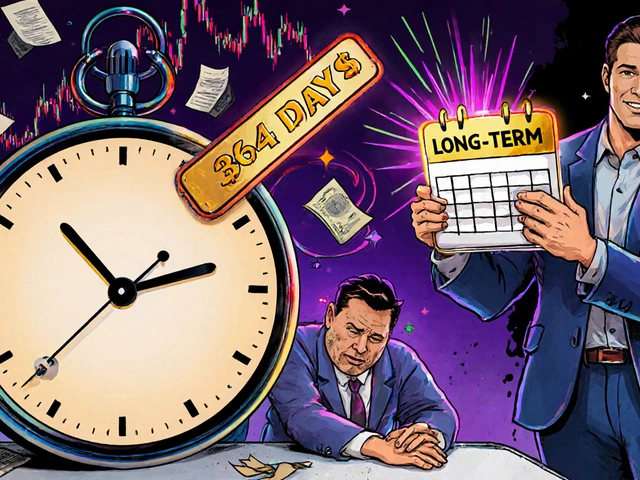Foreign Stock Access: How to Invest in Global Markets Without the Headaches
When you buy foreign stock access, the ability to purchase shares in companies outside your home country. Also known as international investing, it lets you spread your money beyond U.S. markets and tap into growth in Europe, Asia, and emerging economies. Most people think you need a fancy account or a broker in Tokyo or Berlin to do it—but that’s not true anymore. Today, you can buy shares in Japanese tech firms, German manufacturers, or Brazilian banks with just a few clicks from your U.S. desktop.
But foreign stock access, the ability to purchase shares in companies outside your home country. Also known as international investing, it lets you spread your money beyond U.S. markets and tap into growth in Europe, Asia, and emerging economies. isn’t just about picking a stock. It’s about understanding how currency risk, the chance that exchange rate changes will hurt or help your returns affects your profits. If the dollar strengthens against the euro, your European stock gains might shrink—even if the company itself is doing great. That’s why smart investors use global ETFs, baskets of foreign stocks bundled into a single fund traded like a stock to reduce individual company risk and simplify currency exposure. And when you pick a brokerage platform, a service that lets you buy and sell international securities, you’re not just comparing fees—you’re checking if they offer real-time forex rates, no hidden foreign transaction charges, and access to markets like Hong Kong or India without needing a local address.
Some brokers make it easy. Others bury fees in fine print or lock you into slow settlement times. The difference between a good platform and a bad one can cost you hundreds a year—and that’s before you even think about taxes or dividend withholding. That’s why the posts here cut through the noise: they show you exactly which platforms work today, how to avoid double taxation, and how to use tools like currency-hedged ETFs to smooth out the ride. You’ll find real examples of what works in 2025—not theory, not hype, but what people are actually doing to build global portfolios without losing sleep over exchange rates or surprise fees.





